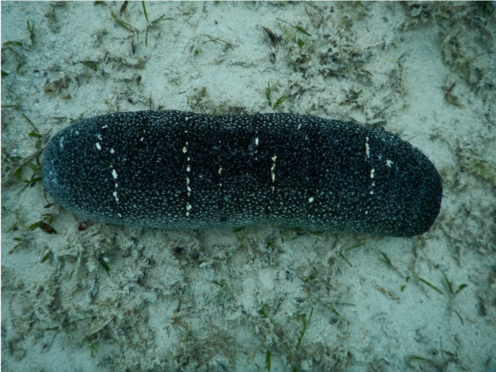At first glance it may not appear like the most appealing of delicacies – but the humble sea cucumber could soon be used to feed the world.
An Oban scientist has been given a prestigious fellowship for her studies to clean up waste from farming and provide food – all by using the sea creature.
Dr Georgina Robinson of the Scottish Association for Marine Science (Sams) at Dunstaffnage has been awarded a UK Research and Innovation (UKRI) Future Leaders Fellowship worth £1.2 million to fund her research for the next six years.
The marine ecologist is identified as rising star of UK research.
She plans an overhaul of the current “nitrogen cycle” process by which excess nitrogen in the form of animal waste from industries like agriculture and aquaculture is turned back into an inert gas and released into the atmosphere.
Instead, Dr Robinson proposes a system that will recycle this waste by using it to feed sea cucumbers and marine worms – so-called deposit feeders – which can then be farmed as a high-protein food source for humans and livestock and may even be used to generate electricity.
Sea cucumber has been referred to as a superfood, as it is high in protein, low in fat and rich in vitamins and minerals. It is eaten throughout Asia and the Middle East and there are studies currently investigating its medicinal qualities.
Dr Robinson said: “Proper nitrogen management will be critical to feed a growing global population, estimated to reach 9 billion by 2050.
“Current technologies to treat nitrogen-rich effluent focus on converting reactive nitrogen – nitrogen that is available to most organisms – back to its inert form as nitrogen gas in the atmosphere. However, nitrogen is too valuable to be lost. Rather than looking to promote technologies for permanent removal of nitrogen, we can recover this valuable resource.”










